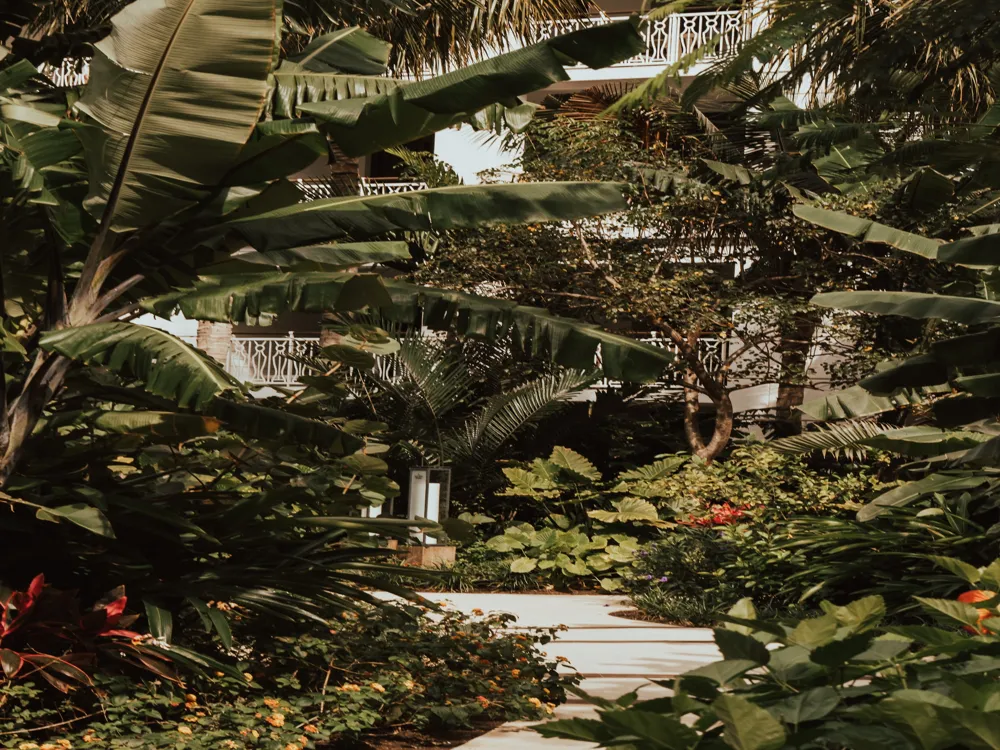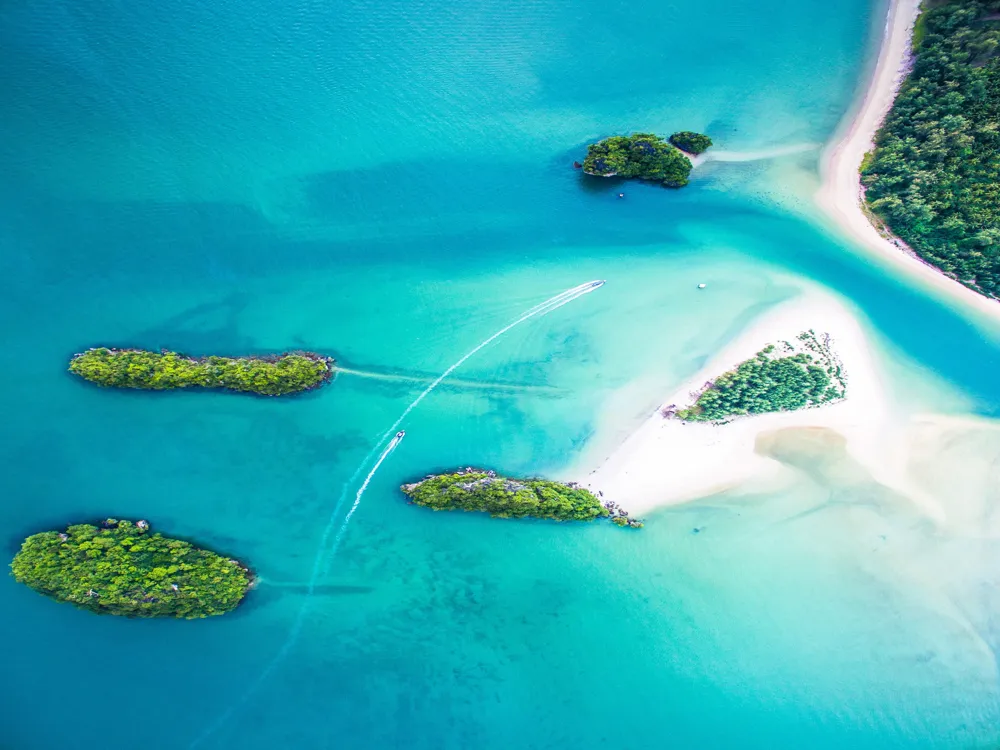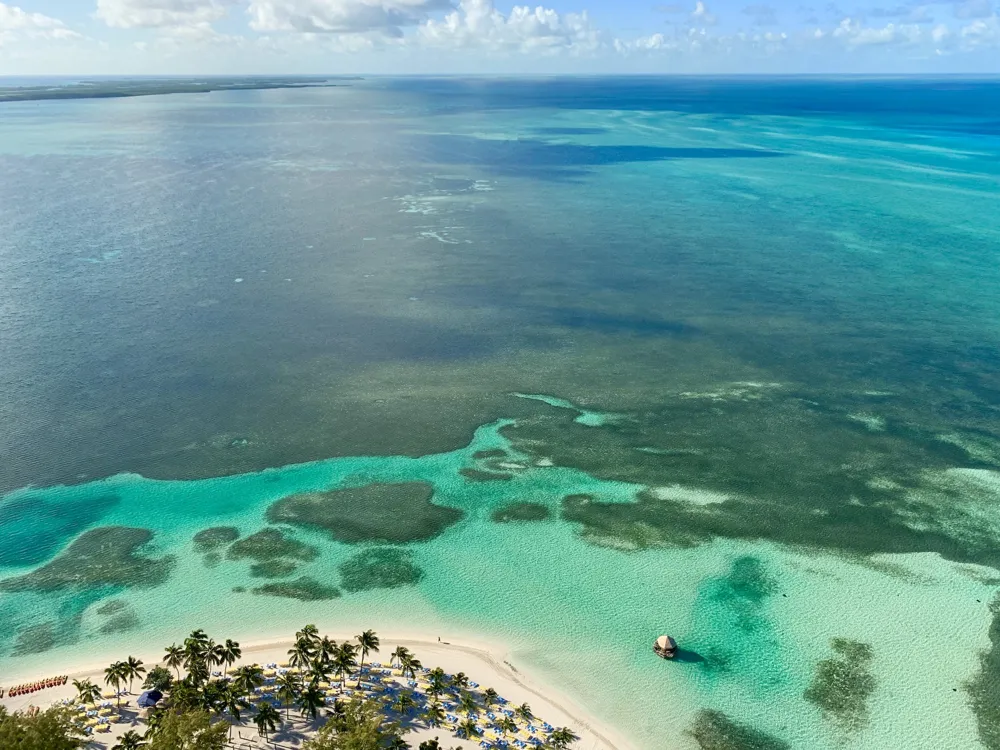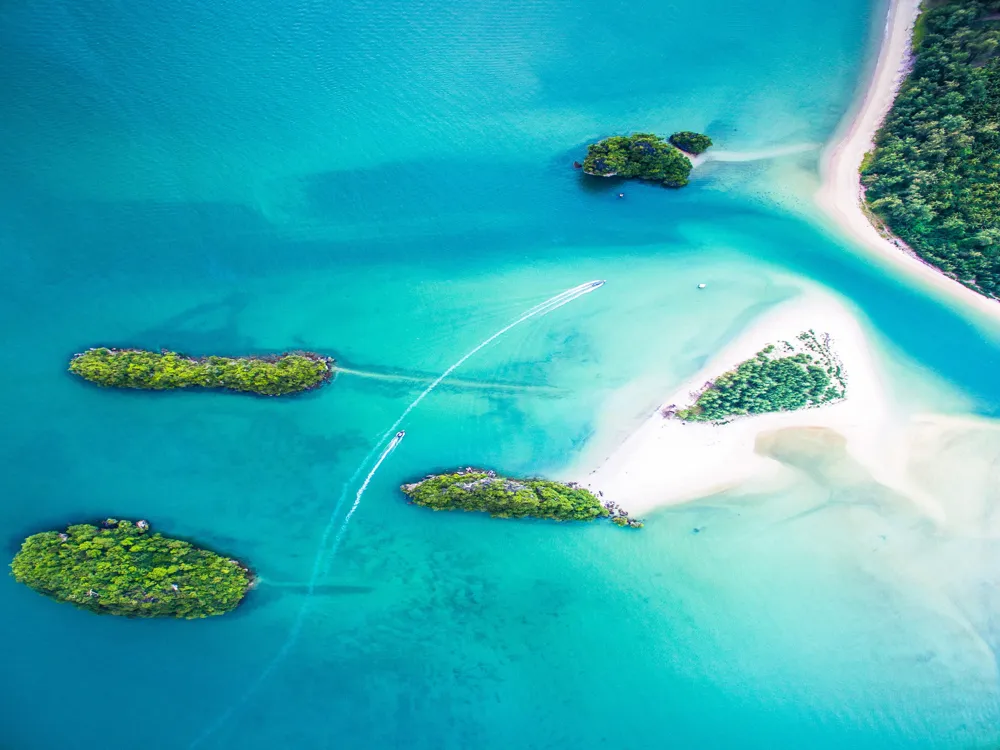Andros, the largest yet most sparsely developed of all the Bahamas, is an archipelago within the Bahamas known for its pristine natural beauty and remarkable geographies. This retired gem, stretching over 2,300 square miles, isn't only the largest islet in the Bahamas but also the fifth-largest in the Caribbean. It's a place of contrasts, with lush pine timbers, rolling hills, and vibrant coral reefs. The islet is a haven for nature lovers, boasting an extraordinary array of biodiversity, both in its marine and terrestrial ecosystems. The architectural geography of Andros is a reflection of its rich history and artistic influences. Unlike the more advanced islets in the Bahamas, Andros has retained a more rustic and authentic charm in its structures. The armature is then not defined by grand edifices or ultramodern towers but by simpler, functional structures that blend harmoniously with the natural surroundings. The ideal time to visit Andros is between November and April, when the rainfall is mild and dry. This period avoids the stormy season and offers comfortable temperatures for exploring the islet's natural beauty. Renting an auto or a bike is the stylish way to explore Andros, given its size and meager population. Public transport is limited, so having your own mode of transportation is pivotal for convenience. Do not miss out on trying original delectables like conch salad, grilled lobster, and the notorious Bahamian' johnnycake.' Original caffs and roadside booths offer fresh, authentic Bahamian cuisine. Andros is known for its pristine natural environment. Visitors are encouraged to respect local wildlife, avoid littering, and use eco-friendly products to help preserve the island's beauty. The locals are friendly and welcoming, but it's important to respect their customs and traditions. Greet people politely, dress modestly in villages, and always ask permission before taking photos. Andros is accessible by air and ocean. The islet has several small airfields, with diurnal breakouts from Nassau, making it easy to reach from the capital of the Bahamas. For a more scenic route, regular ferries and private exemptions are available from Nassau, offering a pleasurable trip across the clear Bahamian waters. Read More:Overview of Andros, Bahamas
The culture of Andros is deeply embedded in its history and traditions. Known for its mysterious blue holes, Andros houses the world’s third-largest hedge reef and is celebrated for its superb diving and snorkeling spots. The islet's inland areas are a mosaic of covert timbers, washes, and mangrove areas, making it an ideal spot for raspberry watching and exploring its rich natural heritage. The small, haphazard communities across the islet are an emulsion of vibrant societies, with friendly locals who cherish their customs and welcome callers with warm hospitality.
Despite its size, Andros remains one of the least explored islets in the Bahamas, offering tranquil and unspoiled terrain. The island's frugality revolves around fishing, small-scale husbandry, and, decreasingly,eco-tourism, drawing callers who seek a further authentic and nature-acquainted experience. Andros is also known for its unique crafts, especially the Androsia Batik, a hand-published fabric that reflects the pictorial colors and patterns of the island.
The climate in Andros is tropical, with warm temperatures year-round, making it an ideal destination for those seeking a sunny flight. The island has a stormy season from May to October, but during this period, the showers are generally short-lived and the sun snappily reappears.
Andros isn't just a destination; it's an experience. It offers a rare chance to dissociate from the busy world and immerse oneself in an unspoiled, natural paradise. From its extraordinary geography to its rich artistic heritage, Andros is a destination that stays with you long after you leave.Architecture of Andros
The most common type of structure set up on the islet is the Bahamian clapboard house, a heritage of the British social period. These houses are generally constructed from wood, with steep gabled roofs and large windows, and frequently painted in bright, cheerful colors. The design of these houses isn't only aesthetically pleasing but also practical, allowing for maximum tailwind to keep the interiors cool in the tropical climate.
In the small townlets and agreements, you will find a blend of these traditional homes alongside further ultramodern construction. The use of original accoutrements, similar to Andros pine and coral gravestones, is current, showcasing the islet's resourcefulness and connection to its natural terrain. Public structures, such as churches and seminaries, frequently follow an analogous aesthetic with simple lines and functional designs.
One unique architectural feature of Andros is the out-of-door kitchen, separate from the main house. This design was traditionally used to keep the heat of cooking away from living spaces and to reduce the threat of fire. These kitchens are a testament to the island's adaptation to its terrain and the practical requirements of its occupants.
Recent developments in armature on Andros have concentrated on sustainability and eco-friendly designs, reflecting the island's commitment to conserving its natural beauty. Eco-resorts and lodges use renewable energy sources, rainwater harvesting, and other green practices, offering callers a comfortable stay while minimizing their environmental footprint.
The armature of Andros goes beyond just the design of its structures; it's a narrative of the island's history, culture, and relationship with its terrain. It offers a glimpse into the simple yet rich life on the islet, where the focus is on harmony with nature rather than subjecting it.Tips When Visiting Andros
Best Time to Visit
Getting Around
Local Cuisine
Respect the Environment
Cultural Etiquette
How To Reach Andros
Andros
Bahamas
NaN onwards
View bahamas Packages
Weather :
Tags : Island
Timings : Anytime
Entry Fee : There are different local packages available for barrier reef.
Planning a Trip? Ask Your Question
Bahamas Travel Packages
View All Packages For Bahamas
Top Hotel Collections for Bahamas

Private Pool

Luxury Hotels

5-Star Hotels

Pet Friendly
Top Hotels Near Bahamas
Other Top Ranking Places In Bahamas
View All Places To Visit In bahamas
View bahamas Packages
Weather :
Tags : Island
Timings : Anytime
Entry Fee : There are different local packages available for barrier reef.
Planning a Trip? Ask Your Question
Bahamas Travel Packages
View All Packages For Bahamas
Top Hotel Collections for Bahamas

Private Pool

Luxury Hotels

5-Star Hotels

Pet Friendly











